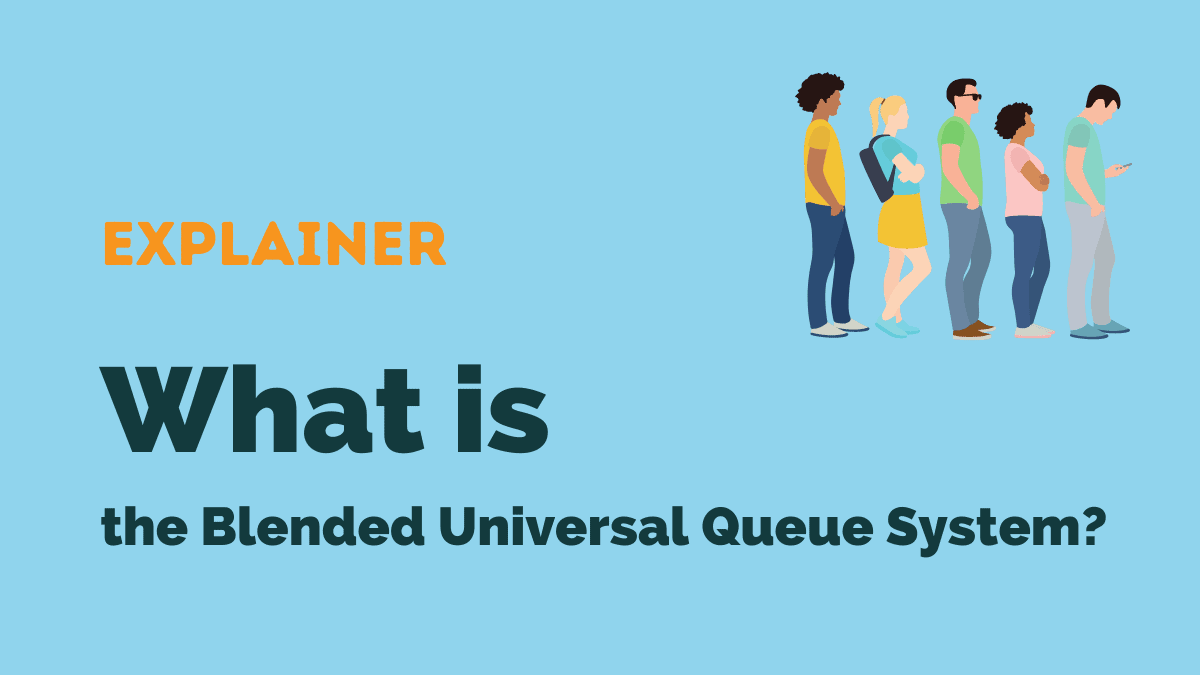Customers now use a large and growing number of channels to communicate with businesses.
In theory, anything that makes life easier for customers is a net positive.
But in practice, it can lead to some pretty major challenges for the inbound contact center!
This article will take a look at one of the most pressing challenges, and one possible solution: the Blended Universal Queue System (BUQS).
In this post:
- What is the Blended Universal Queue System?
- Why is there a need for BUQS?
- What are the benefits of a Universal Queue?
What is the Blended Universal Queue System?
In simple terms, the BUQS is a method for combining traffic from multiple channels into a single queue.
This is a strategy that replaces separate queues for telephony, email, WhatsApp, SMS, and other messaging services, and other channels.
Why is there a need for BUQS?
There has been an explosion in the variety of contact channels used by customers over the last decades.
Initially, more or less every business relied on several separate queues.
In part, this was because there was no realistic solution available to combine the queues.
And, at first, there was no pressing need to; although other channels existed, only a tiny fraction of customers used them.
Now, that has changed.
Not only are customers very likely to use a channel other than voice, they’re likely to use several channels within a single query.
This omnichannel focus creates high expectations; for example, nearly 90% of customers expect you to know who they are when they switch channels.
Customers are also around 75% more likely to rate themselves as “satisfied” with businesses that focus on journeys rather than touchpoints.
At the most basic level, it is far easier to manage a Universal queue than a growing number of different queues.
What are the benefits of a Universal Queue?
The key benefits of a Universal Queue include:
#1 Consistent contact handling processes
Delivering a consistent experience across channels is a priority for almost 40% of contact centers.
It’s not easy to do for a variety of reasons; different kinds of customers have different kinds of conversations on each channel, and agents specialize in different ways.
Still, one thing that’s reasonably easy to standardize is the queuing experience.
#2 Better omnichannel services
Brands with effective omnichannel engagement strategies retain 89% of their customers. So where does that strategy start?
It starts with a deep integration of channels that enables customers to pass from one to another with the full context of the previous steps.
This can be a lot easier when customers are moving through a single queue.
#3 It’s easier to compare like for like
A Universal Queue also makes it far easier for operational teams to compare the performance of different channels.
A key factor in omnichannel interaction is the comparison of channels to ensure that cost per contact aligns with your expectations.





